What Is The Best Camera For Wildlife ?
The best camera for wildlife photography depends on various factors such as budget, personal preferences, and specific requirements. Some popular options among wildlife photographers include the Canon EOS-1D X Mark III, Nikon D850, and Sony Alpha a9 II. These cameras offer high-resolution sensors, fast autofocus systems, and robust build quality to withstand challenging outdoor conditions. Additionally, telephoto lenses with long focal lengths are often used for wildlife photography to capture distant subjects. It is recommended to research and compare different camera models, considering factors like image quality, autofocus performance, and durability, to find the best camera that suits individual needs for wildlife photography.
1、 High-resolution and fast autofocus capabilities for capturing wildlife action.
The best camera for wildlife photography is one that combines high-resolution capabilities with fast autofocus capabilities. When it comes to capturing wildlife action, these two features are crucial in ensuring that you can capture the perfect shot in a split second.
High-resolution cameras allow you to capture fine details and produce sharp, clear images. This is particularly important in wildlife photography, where you often need to zoom in on distant subjects. A high-resolution camera ensures that you can capture the intricate patterns on a bird's feathers or the texture of an animal's fur, bringing your images to life.
Fast autofocus capabilities are equally important in wildlife photography. Animals are constantly on the move, and you need a camera that can quickly and accurately focus on your subject. This is especially true when photographing fast-moving animals or capturing action shots. A camera with fast autofocus capabilities ensures that you can freeze the moment and capture the perfect shot, even in challenging conditions.
In terms of the latest point of view, technology is constantly evolving, and camera manufacturers are continuously improving their products. The latest cameras often come with advanced autofocus systems that use sophisticated algorithms and artificial intelligence to track and focus on moving subjects. These advancements have made it easier than ever to capture wildlife action with precision and accuracy.
Some popular camera models known for their high-resolution and fast autofocus capabilities for wildlife photography include the Canon EOS-1D X Mark III, Nikon D850, and Sony Alpha a9 II. However, it's important to note that the best camera for wildlife photography ultimately depends on your specific needs, budget, and personal preferences. It's always recommended to do thorough research and try out different cameras before making a purchase.
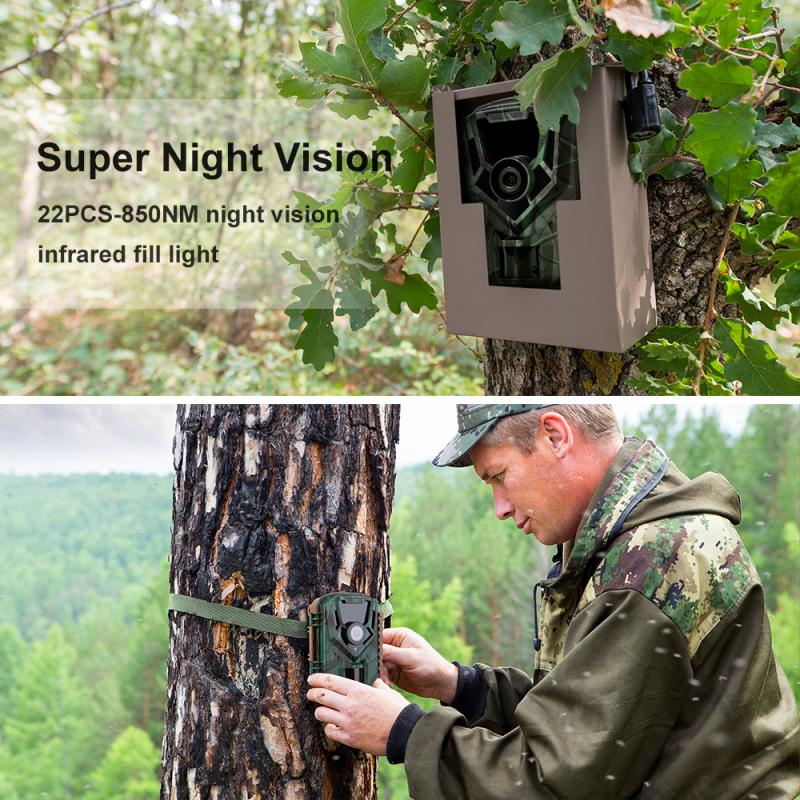
2、 Weather-sealed body to withstand outdoor conditions.
The best camera for wildlife photography is one that combines a weather-sealed body to withstand outdoor conditions with other essential features. Wildlife photography often requires photographers to venture into unpredictable and challenging environments, making a weather-sealed body crucial. This feature ensures that the camera is protected from dust, moisture, and extreme temperatures, allowing photographers to capture stunning images without worrying about damaging their equipment.
In terms of specific camera models, there are several options available that offer excellent weather-sealing and are highly regarded by wildlife photographers. Canon's EOS-1D X Mark III and Nikon's D6 are two professional-grade DSLRs known for their robust build quality and weather resistance. These cameras are designed to withstand the harshest conditions, making them ideal for wildlife photography.
However, it's important to note that the latest point of view in wildlife photography is shifting towards mirrorless cameras. Mirrorless cameras, such as the Sony Alpha a9 II and the Canon EOS R5, offer advanced autofocus systems, high-speed continuous shooting, and impressive image quality, all while being weather-sealed. These cameras are lighter and more compact than DSLRs, making them easier to carry and maneuver in the field.
Ultimately, the best camera for wildlife photography depends on individual preferences and budget. It's essential to consider factors such as image quality, autofocus performance, and lens selection in addition to weather-sealing. Investing in a camera with a weather-sealed body will ensure that you can confidently capture breathtaking wildlife images in any outdoor condition.
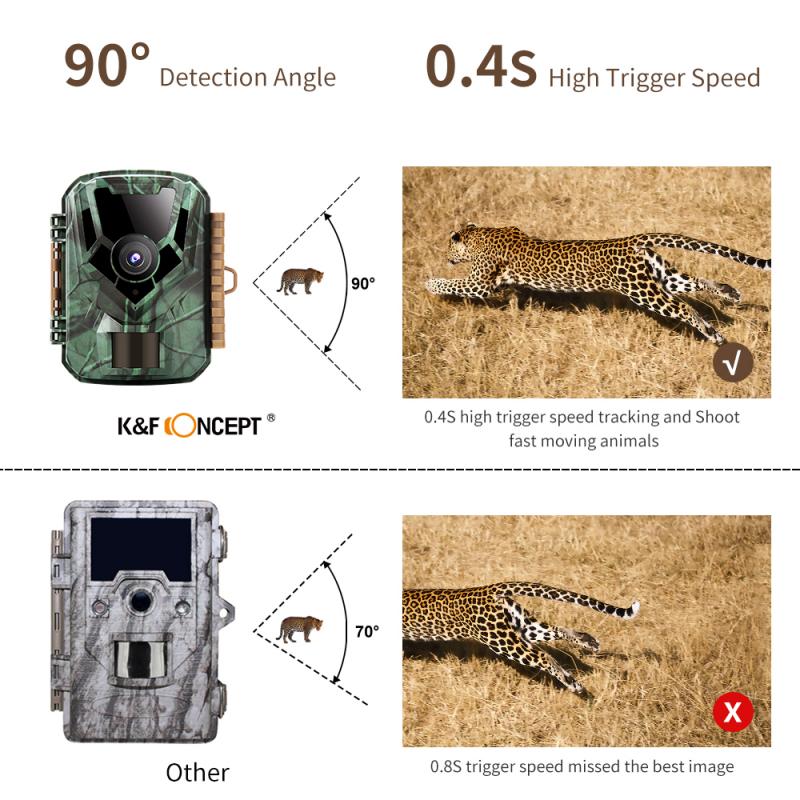
3、 Long telephoto lens for capturing distant wildlife subjects.
The best camera for wildlife photography is one that offers a long telephoto lens for capturing distant wildlife subjects. This is because wildlife photography often requires capturing animals from a safe distance to avoid disturbing them or putting oneself in danger. A long telephoto lens allows photographers to get close-up shots of animals without physically getting too close.
In terms of camera bodies, there are several options available from various manufacturers that cater specifically to wildlife photography. Canon and Nikon, for example, offer a range of DSLR cameras with high-resolution sensors and fast autofocus systems, which are essential for capturing fast-moving wildlife. Sony's mirrorless cameras are also gaining popularity among wildlife photographers due to their compact size, excellent image quality, and advanced autofocus capabilities.
When it comes to lenses, a telephoto lens with a focal length of at least 300mm is recommended for wildlife photography. Some popular choices include the Canon EF 100-400mm, Nikon AF-S 200-500mm, and Sony FE 100-400mm. These lenses provide the necessary reach to capture distant subjects while maintaining image quality.
It's worth noting that technology is constantly evolving, and new camera models and lenses are released regularly. Therefore, it's essential to stay updated with the latest advancements in camera technology and read reviews from trusted sources to make an informed decision.
Ultimately, the best camera for wildlife photography is one that suits your specific needs and budget. It's important to consider factors such as image quality, autofocus performance, durability, and ergonomics when making a decision.
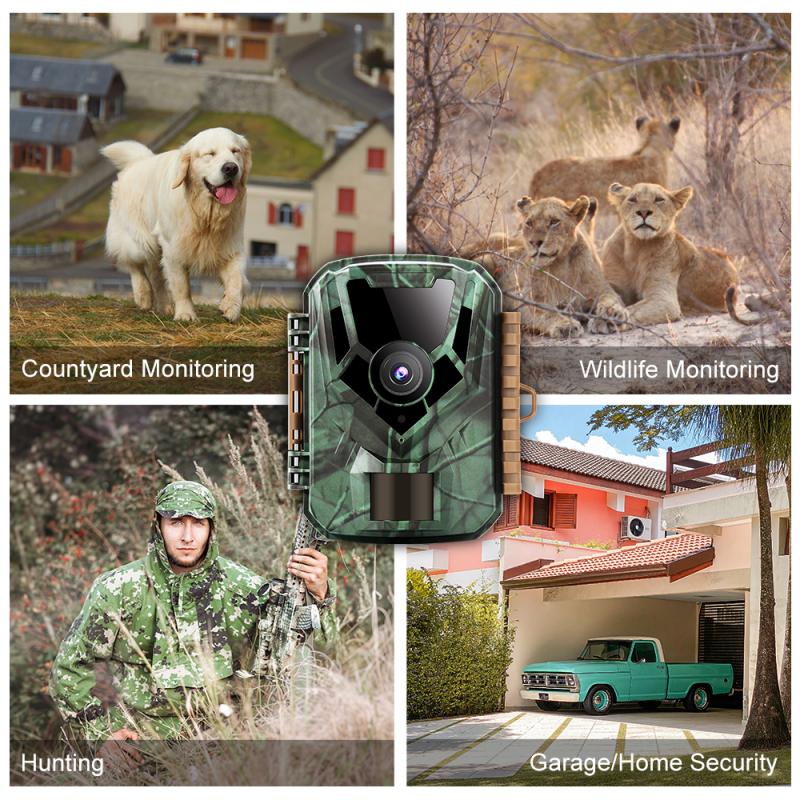
4、 High ISO performance for low-light wildlife photography.
The best camera for wildlife photography is one that offers high ISO performance for low-light situations. When photographing wildlife, you often encounter challenging lighting conditions, especially during dawn or dusk, or in dense forests. In such scenarios, having a camera with excellent high ISO performance becomes crucial.
A camera with high ISO capabilities allows you to capture images with minimal noise and maximum detail, even in low-light conditions. This is particularly important when photographing wildlife, as you may need to use faster shutter speeds to freeze the motion of animals, and higher ISO settings help achieve this without sacrificing image quality.
Currently, there are several cameras on the market that excel in high ISO performance for wildlife photography. For example, the Nikon D850 and the Sony A7R IV are known for their exceptional low-light capabilities, offering clean and noise-free images even at high ISO settings. These cameras also have high-resolution sensors, allowing for detailed wildlife shots.
It's worth noting that technology is constantly evolving, and new cameras are released regularly. Therefore, it's essential to stay updated with the latest advancements in camera technology and read reviews from trusted sources to make an informed decision.
Ultimately, the best camera for wildlife photography with high ISO performance will depend on your specific needs, budget, and personal preferences. It's recommended to try out different cameras and lenses before making a purchase to ensure they meet your requirements and feel comfortable in your hands.
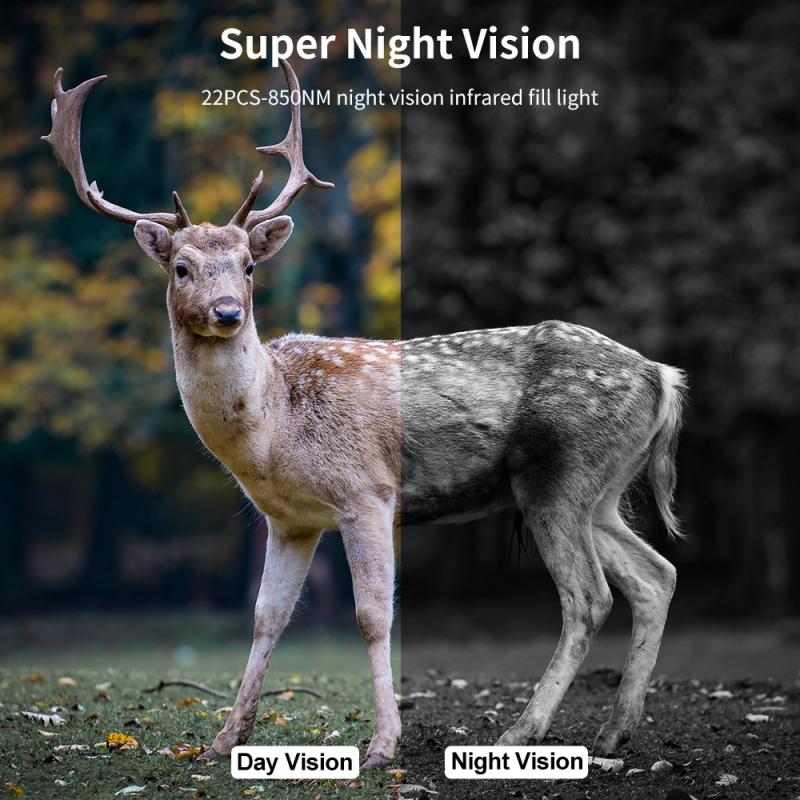









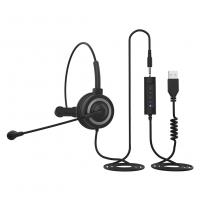
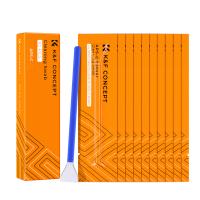


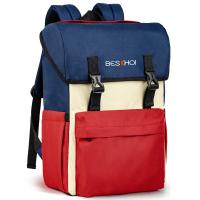
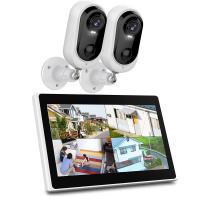
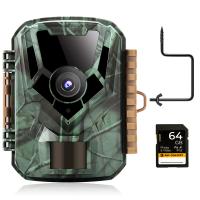

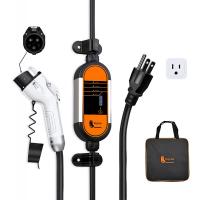
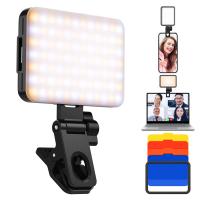

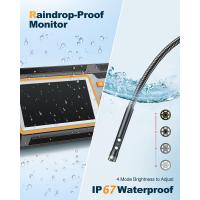
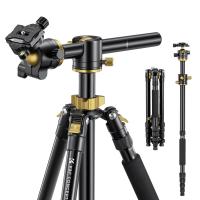
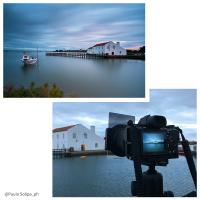
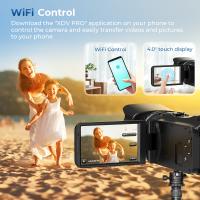

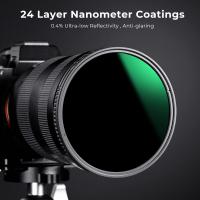
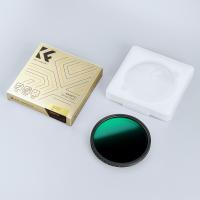
There are no comments for this blog.